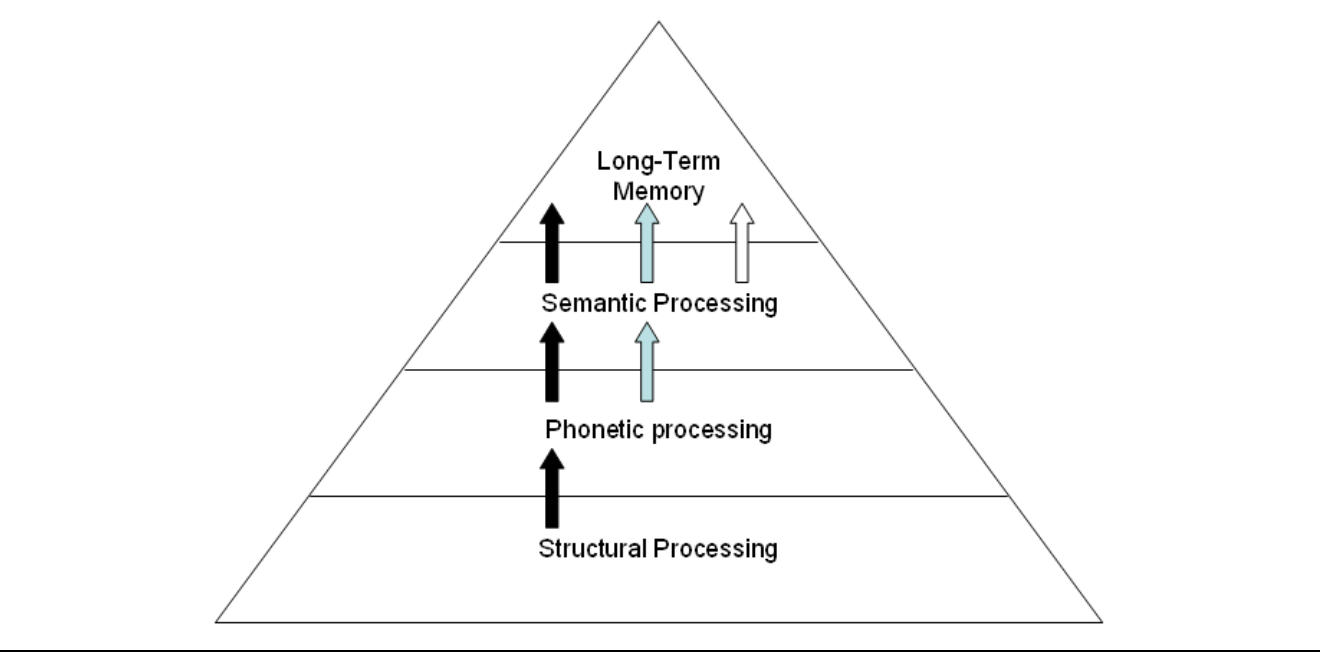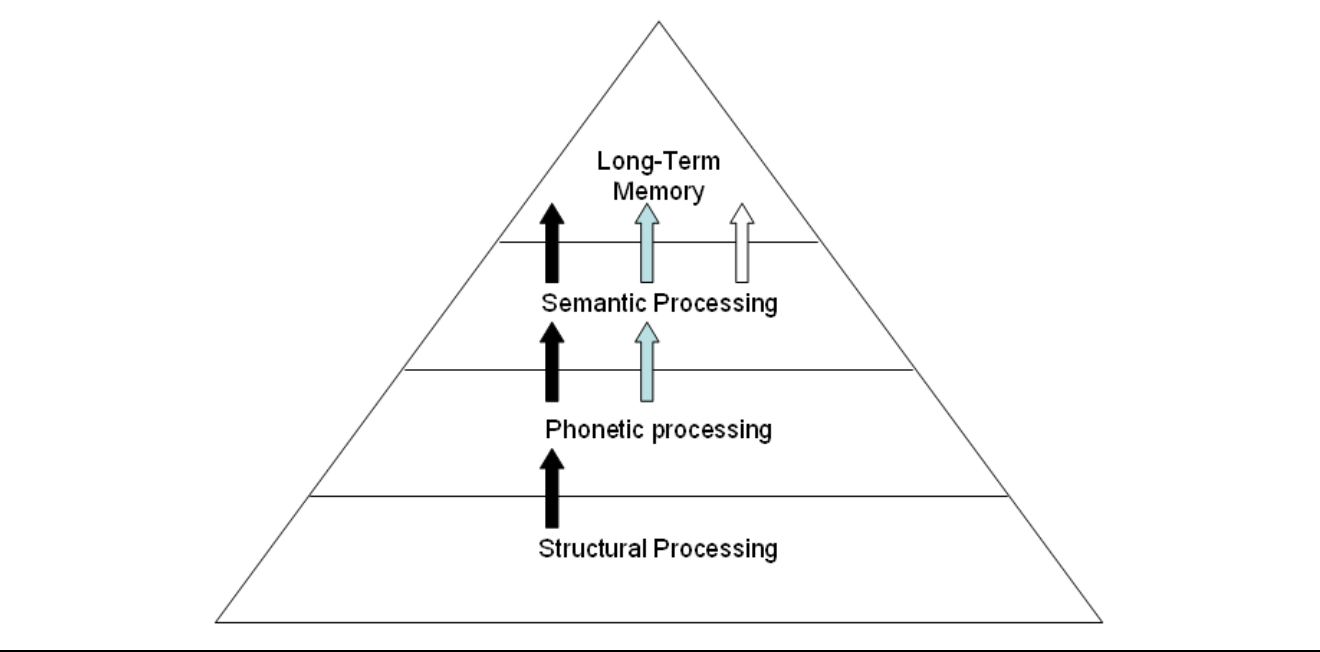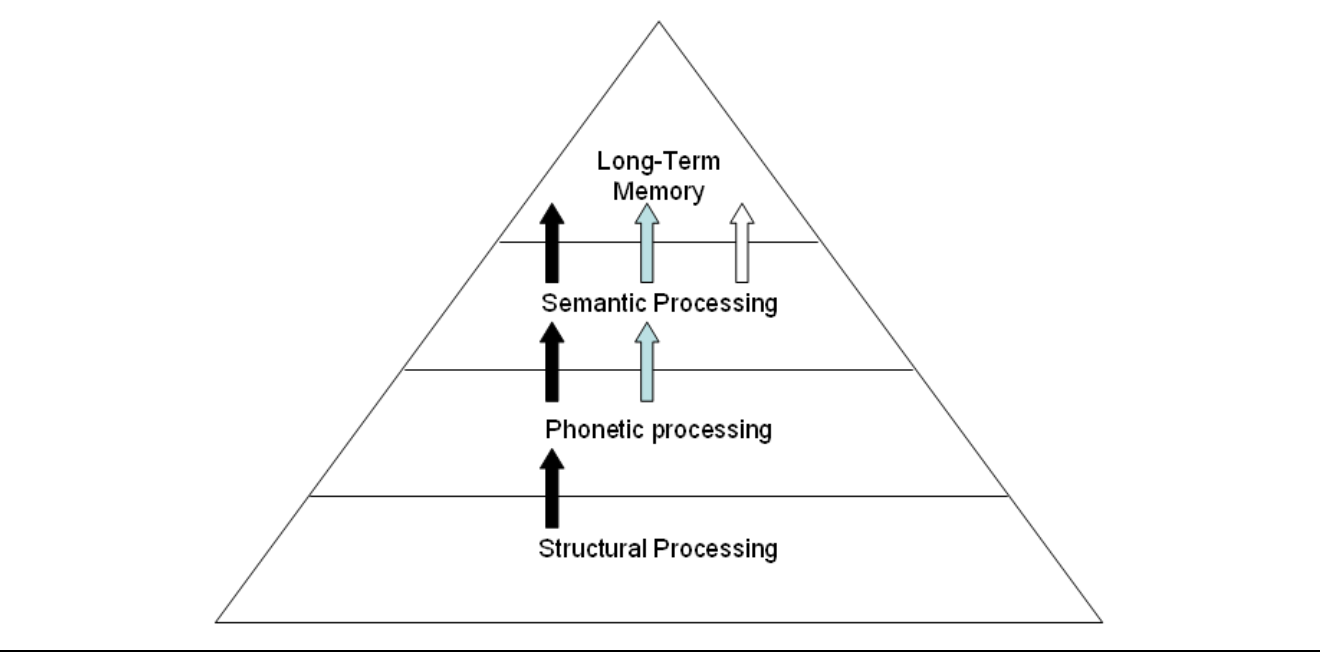4 (A2):memory models
1/44
Earn XP
Description and Tags
Name | Mastery | Learn | Test | Matching | Spaced |
|---|
No study sessions yet.
45 Terms
what is Atkinson and Shiffrins memory model known as
multi-store memory model
what is encoding
involves the conversion of information into codes
visual codes, auditory codes and semantic codes
If information is considered important enough and is rehearsed →passed onto long term memory
the latter conversion of codes into something of meaning
e.g a basketball coach telling us a tactical play, may not remember it word for word but would remember the essential meaning
what is storage
concerns the retention of information over a period of time
what is retrieval
recovering the information that has been stored
Recall of information is passed from long term memory to short term memory
important for processes
previous experiences affect how we judge and interpret information and the course of action we take
what does the success of retrieval depend on
how well the information is known
the quantity of information
the multi-store memory model
sensory store → short term memory → long term memory

Sensory store
form of stimuli enters the brain from the environment
0.25s -1 s stored before it is filtered
where does selective attention take place
sensory store
what is selective attention
relevant information is filtered through into the short term memory and irrelevant information is lost or forgotten
helps to shut out distractions
short term memory
information stored here to decide what needs to be done
limited amount of information
held for 30s
can also be held in a process called chunking
how can a performer extend time that information is held in the short term memory
to extend time a performer can rehearse the information through imagery or subverbal repetition
chunking
different pieces of information can be grouped together and then remembered as one piece of information
If information is considered important enough and is rehearsed it will be passed onto ….
long term memory
process is called encoding
Info that is not important enough or not rehearsed ….
will be forgotten or lost as
does not go into the long term memory
long term memory
limitless capacity
holds information for a very long time
stored information has been encoding
stored by associating it with meaning
motor programs are saved in the long term memory , as have been rehearsed many times
what is continual rehearsal
skill becomes almost automatic
associated with the long term memory
what is overlearning
process of learning by rehearsal
if using particular motor skills regularly, more likely to remember them
strengths of the multi-store memory model
simple to understand
explains how an individual can deal with large amounts of information
gives a realistic answer how an individual deals with information they take in from the environment
explains how those with brain damage can suffer from dysfunctional memory
long term element explains how an individual can perform a skill they haven’t done for a long time
it is true that information that is chunked more likely to be stored in LTM
explains how information that is not rehearsed gets forgotten
weaknesses of the multi-store memory model
model is too simplified
has not been proven
does not explain why an individual will remember one type of information but not another
does not prove distinction of LTM and STM
does not quantify how much repetition results in LTM storage
does not account for individual difference in capacity
does not account for motivation or understanding and its effect on memory
what was Craik and Lockhart model known as
levels of processing
Craik and Lockhart’s levels of processing model diagram

Craik and Lockhart’s levels of processing model
how deeply we consider or process information dictates how long it is stored
shows what we do with the information
the meaning of information is much more relevant that repetition
CL : Information received by the brain wil be stored in the long term memory and therefore more remembered if the information:
is considered
is understood
has meaning (related to past memories)
what is depth of processing ?
how much the information is considered
The deeper the information is processed the longer memory or memory trace will last
what is memory trace
when the brain cells retain or store information
what is the structural level of verbal processing ?
involves paying attention to what the words look like
shallow level of processing

what is the phonetic level of verbal processing ?
processing the sound of words

what is the semantic level of verbal processing ?
this considers the actual meaning of words
deepest level of processing

How does the craik and lockhart model affect approach to learning a skill
instructions and demonstrations need to be able to show or elicit meaning from the activity
the more information means something to the performer → the more likely it is they will remember it
examples of How the craik and lockhart model affect approach to learning a skill
a gymnastics coach explaining why it is important to take a tuck position in a somersault to ensure the greater speed of rotation
The performer is more likely to understand why she has to assume tuck position and remember it
Advantages of Craik and Lockhart’s model of levels of processing
Explains well that is we understand some information we are more likely to remember it
Longer we consider information, the more we remember it
disadvantages of Craik and Lockhart’s model of levels of processing
The longer time it takes us to process information does not always lead to better recall
Depth of processing does not always help us to remember
Difficulty in defining what deep processing actually means
Does not take into account individual differences
Ways in which memory can be improved: rehearsal
This can be useful for the retrieval of information in both short and long term memory
Ways in which memory can be improved: rehearsal e.g
The tennis player will rehearse her serve phhysically and mentally by practising the throw u[p of the ball, the backswing , the strike and the follow through
Ways in which memory can be improved: meaningfulness
The more the information is seen as relevant to our needs,the more likely we are to remember it
Shown in levels of processing model
Ways in which memory can be improved: meaningfulness e.g
The tennis coach will how that the coaching info given will raise performance levels
Ways in which memory can be improved: association
If new information is linked somehow to old information, itis more likely ti be remembered thus associating it with something already known
Levels of processing approach
Ways in which memory can be improved: association e.g
The tennis coach will show the player that new information regarding serve technique is simply an adaptation of the old skills so learning a whole new skill is not required
Ways in which memory can be improved: avoiding overload
Any new information must be allowed to sink in thus avoiding potential confusion
Relates to multi store memory model
Ways in which memory can be improved: avoiding overload e.g
The tennis coach will only give a few points for the player to remember before the match
Ways in which memory can be improved: organise information
Chunking can expand the STM
Complex pieces of info should be grouped to aid understanding
Relating the multi store memory model
Ways in which memory can be improved: organise information e.g
The trampolinist will remember a complex sequence by mentally putting together the small moves to make bigger ones
Ways in which memory can be improved: mental imagery
A performer will often remember a visual representation far more than verbal instructions
Processing approach
Ways in which memory can be improved: mental imagery e.g
The trampoline coach demonstrates the move to the performer and or shows him a video of the sequence soitcan be remembered more effectively
Ways in which memory can be improved 😃
mental imagery
organise information
avoiding overload
association
meaningfulness
rehearsal